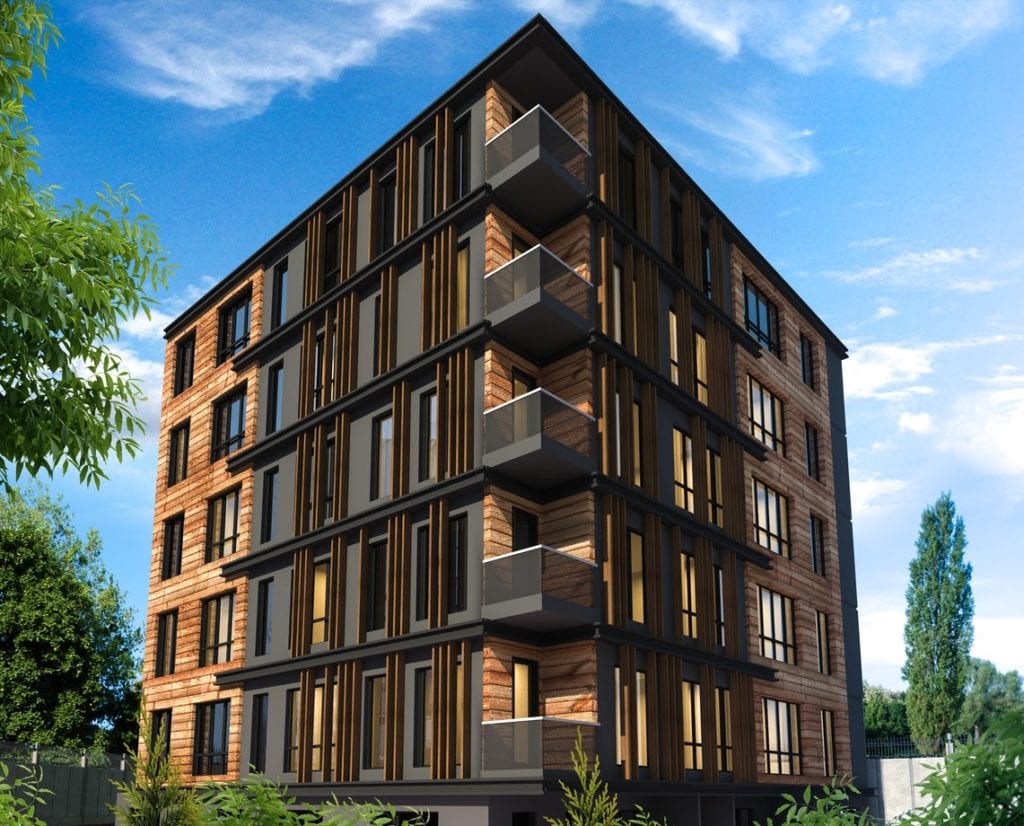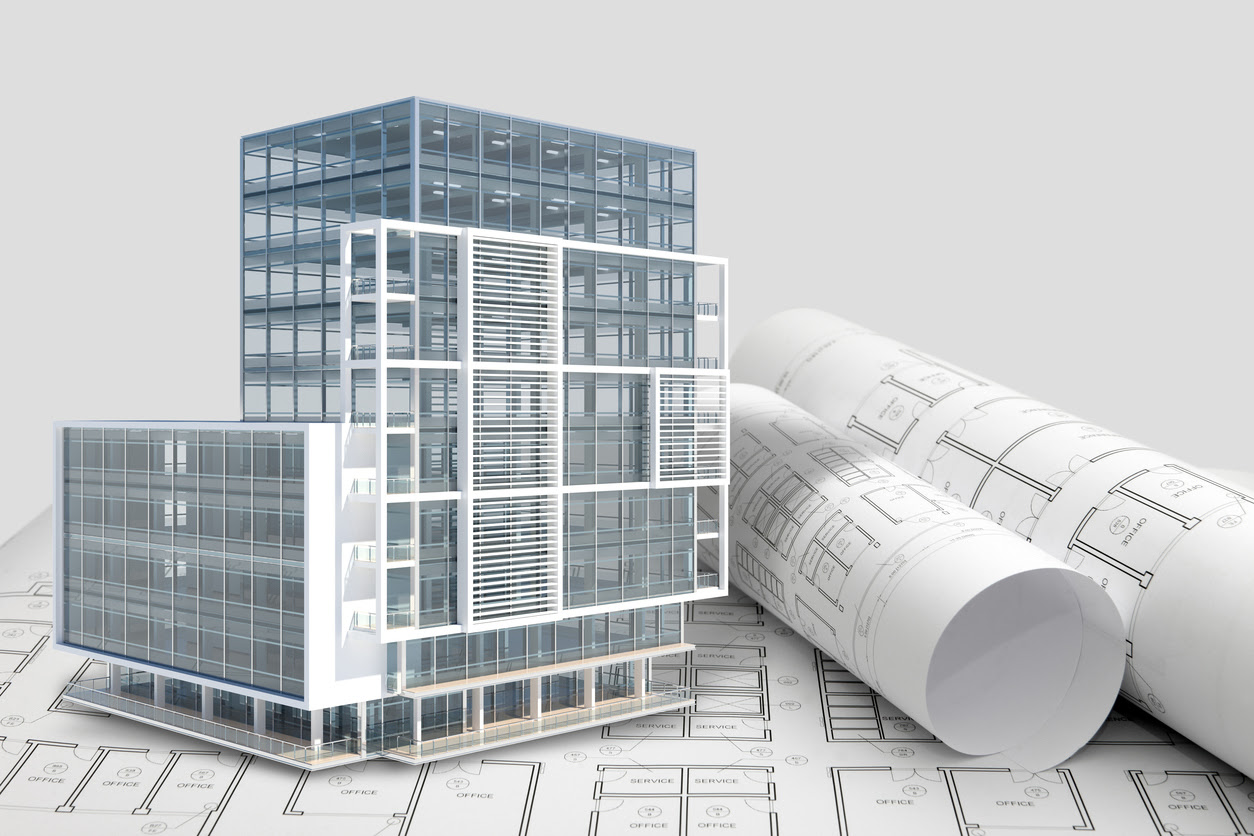When you look to represent your space, where should you turn? The options tend to be plentiful. And yet, you have to make sure that the solution you choose actually solves your problem.
In that vein, too many businesses are looking to go the fast route. Sure, an illustration of an interior or exterior space can adequately represent that space. But in many situations, it’s not enough. So they turn to 3D renderings, which brings up an important questions: what is the difference between the two? And are renderings really just a fancier way to illustrate buildings and interior rooms?
The short answer is no. In fact, and as stated in the title, 3D renderings are far more than just an improved illustration. They’re an entirely different topic. And, depending on your needs for visual representation of a given space, they might just be crucial to accomplishing your goals.
The Core Concept of 3D Renderings
What is a 3D rendering? The easy answer is that it’s an accurate graphic representation of a physical space. More specifically, it’s the process of taking wireframe models and representing them within a virtual, three-dimensional world.
In an architectural context (not to confuse with the video game concept where the same term means something slightly different), the wireframe models are built with exact dimensions, shaped after either existing or planned building and other physical spaces. They are, quite simply, what is or could be, using real-world dimensions.
Naturally, then, the use cases for this type of modeling are vast. Architects use them to show ideas in space, and within the context that they would be actually utilized. In a virtual map, you might see a 3D-rendered building that is the digital version of the building you’re actually trying to navigate in the real world.
How 3D Renderings Differ From Illustrations
Contrast the definition above with illustrations. An illustration, as common sense predicts, describes an artist’s take on a space, object, or building. They may be hand drawn, or computer-built. But that doesn’t change the fact that they include a more subjective process to get the final material on page.
At the end of the day, an illustration is an image. It can be more or less realistic, depending on its use cases and the direction that the artist chose to take. An impressionist painting representing a real-world nature scene could be just as rightly described as an illustration as a building drawn free hand by an architect to visualize an idea. 3D renderings are far more than simply a fancy illustration. In fact, they represent an entirely different concept in the world of visualization, virtualization, and graphic representations.
4 Benefits of 3D Renderings For Space Representation

If 3D renderings are different from illustrations, which do you choose? The former tends to be more complex than the latter, but don’t let that fool you into making a choice that might not actually benefit your business. In fact, here are 4 benefits of 3D renderings that can help you improve the way you see, utilize, and virtualize your space.
- Flexibility and Options. Being accurate representations of space, 3D renderings allow you to perform the same type of additions that other virtual maps would. For example, you can build overlays that show real-time data. You can also incorporate video and live feeds that mix the real world with its virtual representation.
- Wayfinding Capabilities. An illustration does not serve well to help your audiences find their way or get directions. If you cannot guarantee accuracy, that could end badly. But because 3D renderings are dimensionally accurate, they offer the perfect wayfinding solution. Indoor or outdoor, you can build maps and directions that improve your navigational communication.
- Planning Opportunities. No organization stays stagnant. You may look to expand, renovate, or simply re-organize the way you optimize your space. A university’s campus tour may consider a new route. A business may reroute the way its internal teams cooperate with each other. 3D renderings allow you to visualize the existing space as a canvas that helps you make these planning decisions, ultimately improving your outcomes as a result.
- Operational Improvements. Your improvement opportunities are not limited to long-term planning. If you, for example, embrace lean concepts, 3D renderings allow for overlays that help you analyze work processes and minimize waste as a result. Daily operational improvements are possible simply because you know what the space entails, and can simulate changes before implementing them in the real world.
Can Your Organization Use 3D Renderings?
Given the benefits outlined above, the simple answer is yes. But of course, it can quickly become more complicated than that. 3D renderings can be vital for any company looking for better space visualization options. But they have to realize that the initial price is an investment, not a cost. Yes, the benefits can be significant. But that can only be the case if you know how to utilize the renderings to their best ability.
The return on your investment has the potential to be immense if you invest an interactive map. Concept3D’s easy process to digitize your workspace will help improve your business today! You can begin to see the true reason why 3D renderings are so much more than just fancier illustrations. Through these benefits, you can set your organization up for long-term space planning, visualization, and even marketing success.

